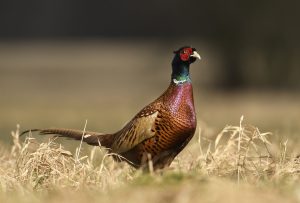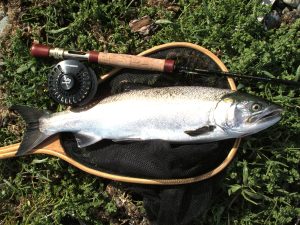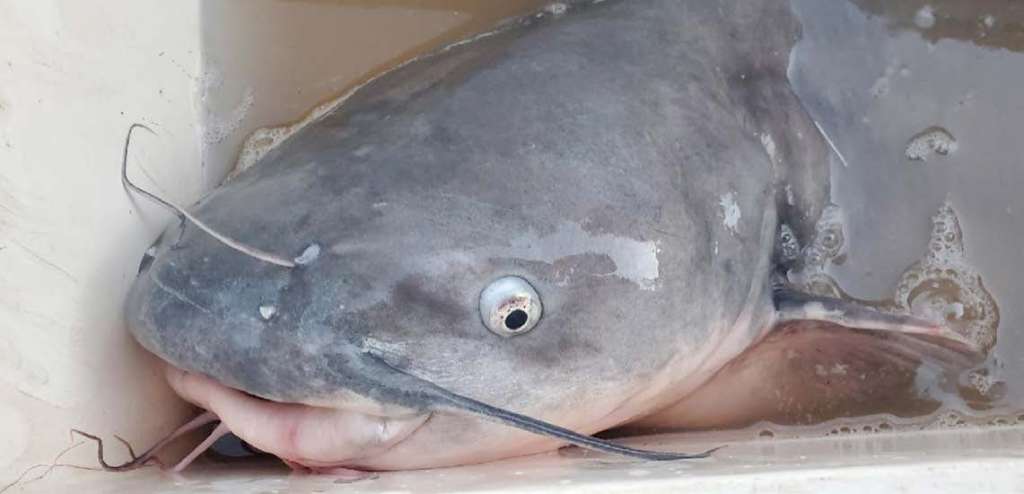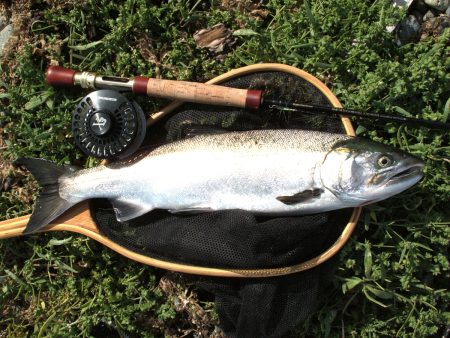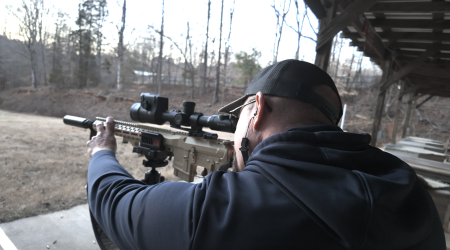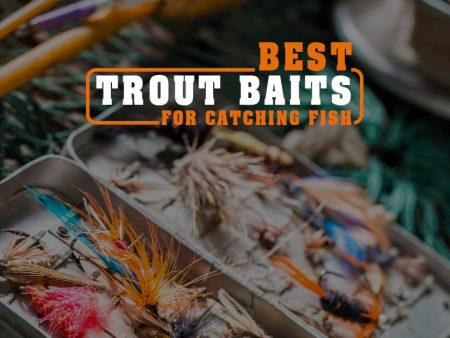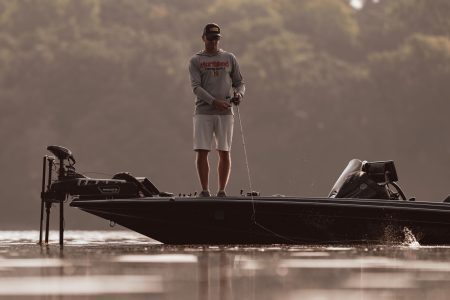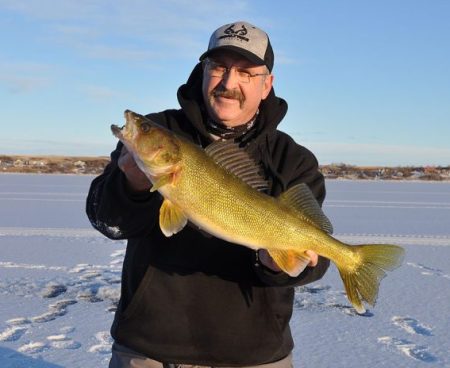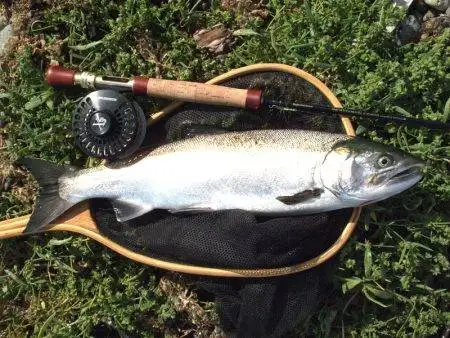How to Catch Big Catfish
Catching monster catfish—not simply keepers, but giants—is the dream of most of us who spend time on the shores and on the water with a rod and reel in hand. It’s easy to say you’re out on the water to connect with nature, enjoy the silence, and maybe bring some fish back at the end of the day. But don’t we all want a big fish story that’s…real?
Catfish are among the creatures of the deep (and not so deep) waters that are a focus for a lot of fishermen. Maybe it’s because there are so many ways to bring in big cats—rod and reel, jug lines, noodling. Or perhaps it’s because they’re so tasty fried up with a side of hushpuppies. They’re definitely popular in many parts of the country. So, how do you go about catching a giant catfish? The good news is that you have options; the bad news is it requires some luck, too, as with all fishing.
Monster Cats on Jug Lines
Jug fishing for catfish may be the most enjoyable method. If you think your adrenaline spikes when your rod bends over, wait until you approach a jug that suddenly sinks, reappears some distance away, and takes off. Bringing in monster cats this way isn’t only highly likely, it’s easier than you might believe.
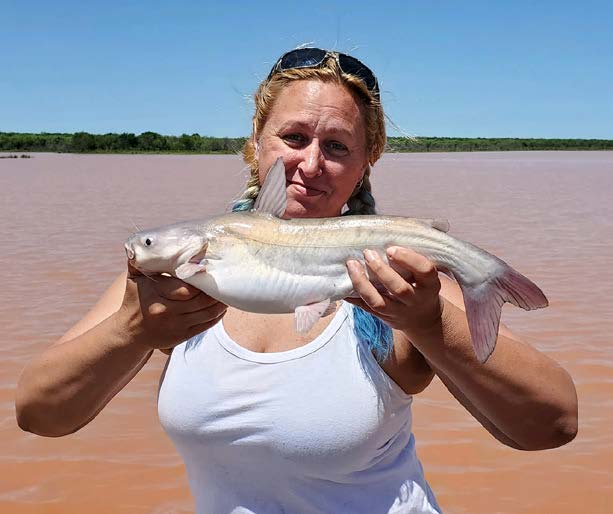
People use all manner of items to make their own jugs, from soda bottles to narrow PVC pipes inserted into pool noodles. At their most basic, the jugs are a float attached to a line with at least one hook on it and a weight at the base. At their more complex, the PVC pipe contains weights designed to shift so the float tips upright if a catfish is on the line.
There are legalities to consider with jug lines, and these vary by state. In Texas, the jugs are required to have a float for visibility listing the fisherman’s name, address, and the date the jug was set. This information must either be on an attached gear tag or else written directly on the float. Because we’re talking about non- commercial fishing, the floats can be any color except orange. Texans are allowed up to five hooks on one line and a total of no more than 100 hooks in the water, per person, at one time. In the Lone Star State, jugs are limited to freshwater use for non-game fish, more or less. Texas allows nongame fish, channel catfish, blue catfish, and flathead catfish to be caught using jugs. This is a good example of why it’s so important to know the regulations specific to the area where you’re fishing because these vary quite a bit from state to state.
Remember, claiming ignorance of a fishing regulation is never a valid legal defense if you find yourself up against a game warden. In fact, in some states, there are statutes on the books stating that not knowing the law is not an excuse for having broken it. If you’re lucky in that situation, you might be given a good-faith exception, but don’t count on that to save you. Instead, learn and follow the laws.
To catch monster cats of your own on a jug line, pay attention to placement. Those big catfish didn’t get that way by being easily accessible or stupid, so you’ll need to set floats with weights in deep, dark, and preferably still waters. In areas where there’s too strong a current or excessive chop, you’re highly unlikely to get a monster. Instead of randomly setting jugs, focus on the spots in a body of water where they’re more likely to spend the majority of their time. Don’t forget to take the weather into consideration when mapping out where to set jugs. Because you’re leaving the jugs to check later, it’s more difficult to make an accurate guess on what the weather will bring. In that way, it’s unlike fishing in the moment, and that brings us to rods and reels.
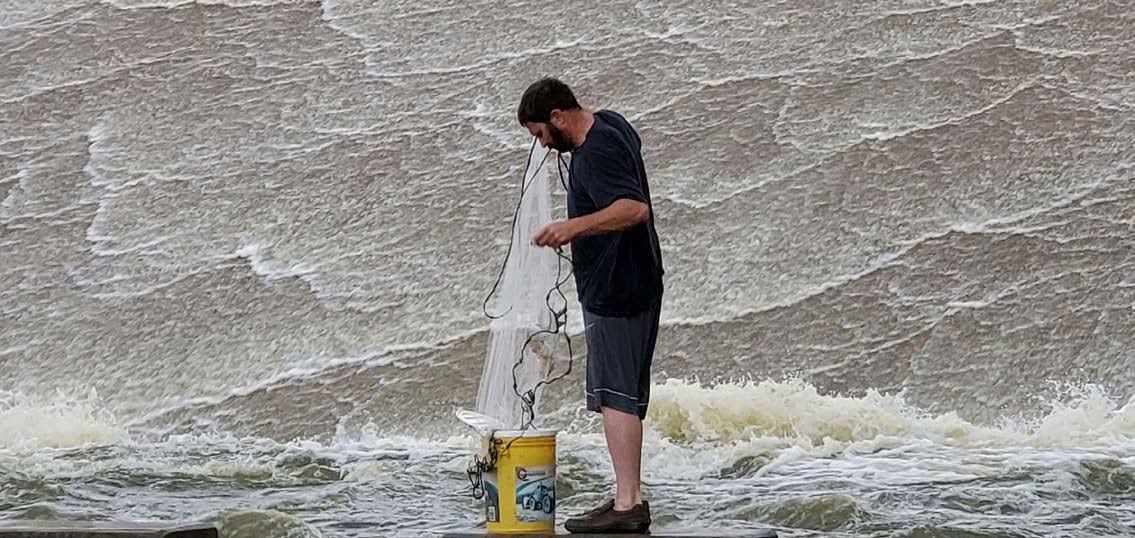
Rod and Reel Big Cats
Yes, you can catch gigantic catfish using a rod and reel. It can even be done with lightweight rods, although you’d be better off using a heavy rod designed for larger fish.
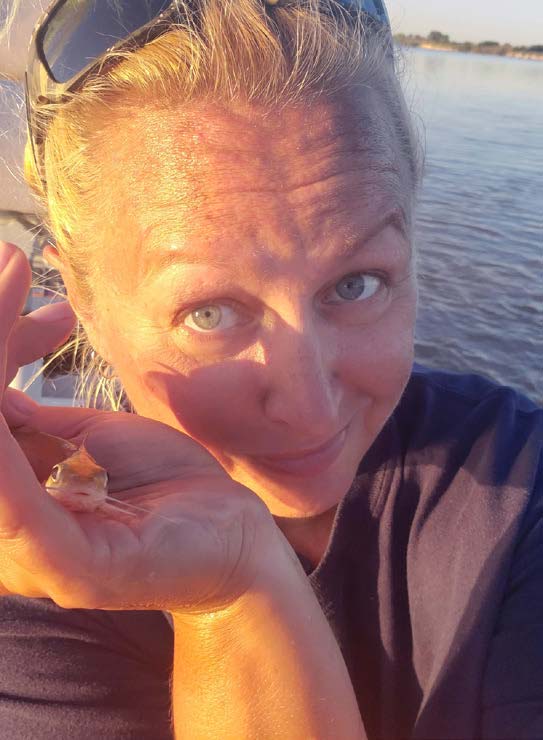
As with any time spent catfishing, if you’re after monster-sized blues, choose your location wisely. Although big cats like to hang out where the water is cool, murky, and still, exactly what that translates to depends on the specific body of water and the weather.
When the light is dim, such as at dusk and dawn, catfish can be found in shallower water than when in the heat of the day. Even monsters will move to the shallows (or at least be in five or six feet of water, rather than digging into muddy holes or going to the depths of the lake). As the day heats up, they’re often at the edges of the channels, lurking around islands, and going into drop-offs looking for cooler water and easy meals.
Ideally, you’ll use a medium-heavy or heavyweight rod and reel any time you’re after catfish. Graphite rods, or a variation, such as the Ugly Stik Carbon, are good for this sport. Even when your only intention is bringing in some moderate-sized channel cats, you can easily run into a 30-pound or bigger monster, so it pays to be prepared. Using braided line is recommended, and you’ll want at least a 30-pound test, although it’s not a bad idea to go even heavier.
Spinning or casting reels can be used for big cats. It comes down to a combination of personal preference and experience; either setup can get the job done. And if you’re considering modifying an existing spinning rod by trying to put a casting reel on it, keep in mind that isn’t going to give you the best rig possible. The two types of rods and reels are made for specific use and performance. A mix-and-match approach tends to end poorly, and that can harm your catch rate.
If you use a lighter rod, you’re going to need to give the fish more line and try to let them tire themselves out. Big cats put up quite a fight—all cats do—and you’ll need to do what you can to avoid losing a rod to them. Medium-heavy rods are versatile and they are a fantastic addition to your collection if you don’t already have one.
Noodling for Cats
A monster catfish piece cannot be written without a tip of the hat to noodling. It’s a tossup between jug lines and noodling as to which method will garner you the largest cats. Of course, if you choose noodling, you need to be aware there is a technique to it. There’s also a risk of finding a cranky snapping turtle with your fingers rather than a whiskered fish. It isn’t only angry reptiles that bite; catfish will do their best to leave an impression on your hand, too. Noodling isn’t legal in every state. At the time of this writing, it’s legal in 16 states. A few others are considering legalizing it in the near future. There are a few reasons given why this practice is illegal in most of the country, including the risks to both humans and catfish. But some politicians have admitted they have no known reason for laws prohibiting catfish noodling. For example, Houston, Texas representative Gary Elkins, who authored the bill legalizing noodling in Texas in 2017, said, “No one knows why it was illegal.”
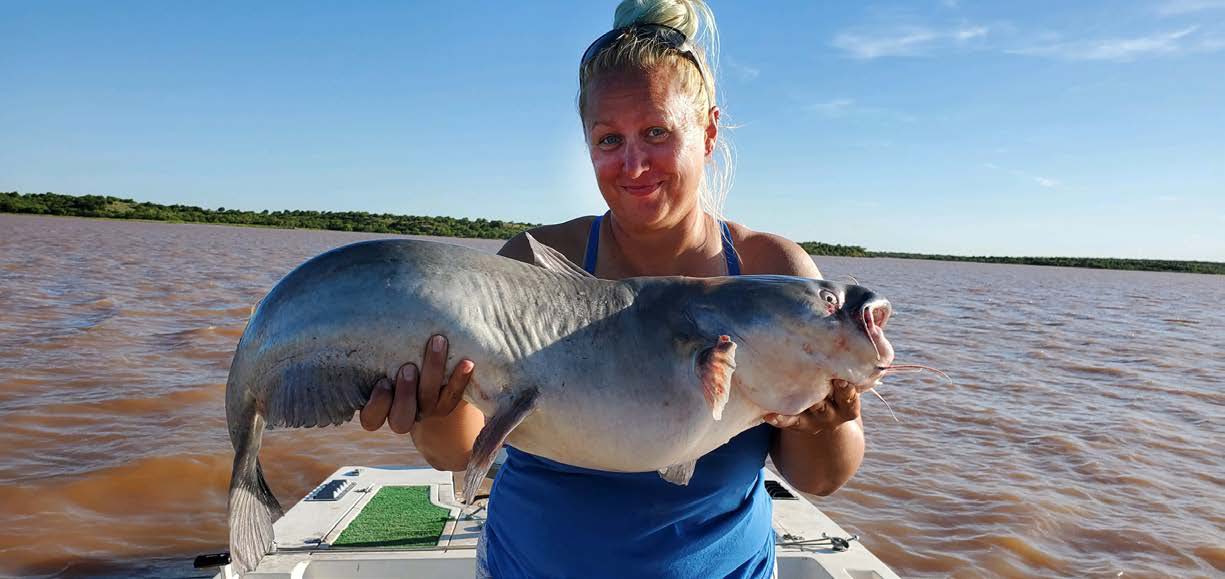
What’s the Best Bait for Big Catfish?
The kind of bait that’s considered best for catching monster cats is somewhat subjective. A lot of factors come into play when choosing how to capture the attention of catfish, and the good news is, you have options.
Stink bait
Stink bait is a great choice for catfish due to its incredible reek. After all, catfish are attracted to strong smells, especially since they can’t see well in murky water. There are quite a few options on the market, so choose wisely, and consider using a tub of stink bait rather than the nuggets, which can sometimes disintegrate on the hook.
You can also make your own stink bait by throwing strong-smelling meats like chicken livers, rotting meat, and even hot dogs into a bucket to go rancid. Just remember: don’t stick your bare fingers into this substance to bait your hook, because the smell is tough to get rid of.
Live Bait
The kinds of live bait you can legally use for catfishing depends on the state. In states such as Texas, you can use minnows (though this option may not be as effective as larger pieces of bait)—and shad, among others. As a rule, live bait must be non-game fish. Catching them with cast nets is easy to do in many areas, and it saves you money, too. The nice thing about using live, non-game fish as bait is that they move around, and so attract attention in water where the catfish have some visibility.
Chunks of Meat
This option might include chunks of non-game fish, chicken, or any other heavily scented, oily meat. I’ve even used big hunks of feral hog meat I set aside to allow it to rot enough to draw in catfish. In fact, more than once, I’ve caught fantastic monster cats using old hog meat. The bottom line is that you need the meat (or any bait) to have a strong smell, and if it gets its oils in the water around it, all the better.
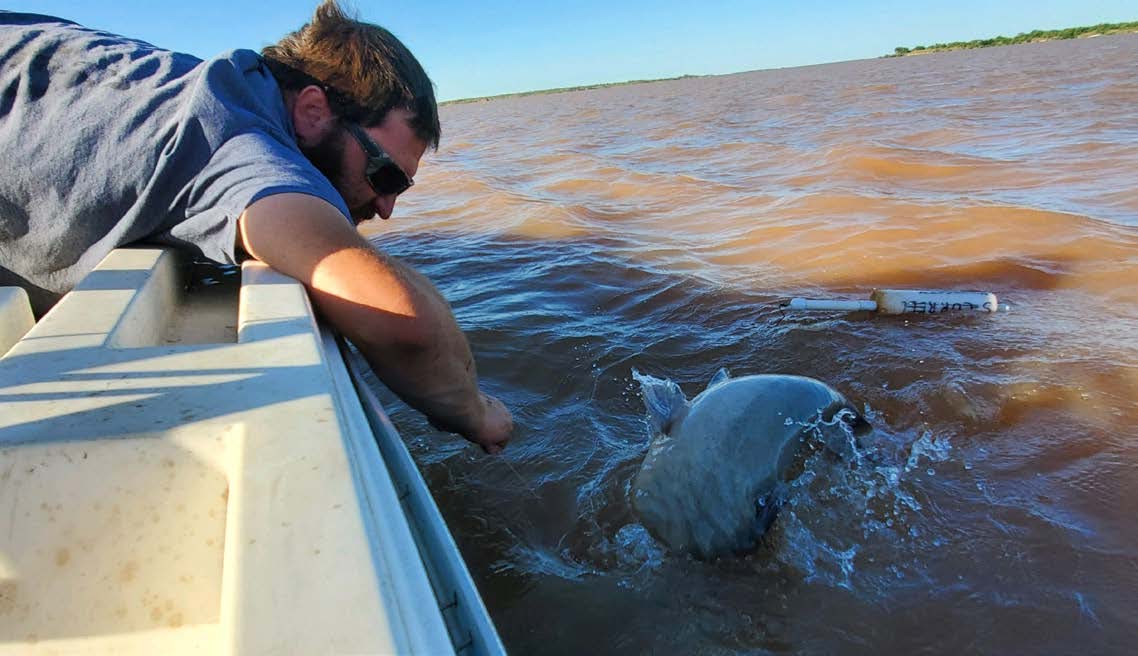
Bottom Line
You can technically use any legal means to catch a monster catfish, but you’re likely to have a higher success rate by setting jug lines. Take care to use a rig capable of handling a big fish, and don’t forget that includes the weight at the bottom of the line. If the weight is too undersized, the cats will be able to drag it off easier, making it harder to get your hands on them when the time comes. This means sinkers are typically not your best bet.
Some people use bricks or small dumbbells, but a good do-it- yourself method is pouring a concrete mixture (such as Quikrete) into Solo cups. After pouring your Quikrete, place large eyelet screws in the center with only the eyelet above the concrete, so it can be used as a spot to clip the line when you’re ready to use it. This gives you a nice stockpile of inexpensive weights made of a material that does well when submerged.
Don’t forget, important parts of your giant catfishing setup include beer batter for your catch and hushpuppies as a side dish. Now get out on the water, catch a monster, and tell us all about it.
Per our affiliate disclosure, we may earn revenue from the products available on this page.

